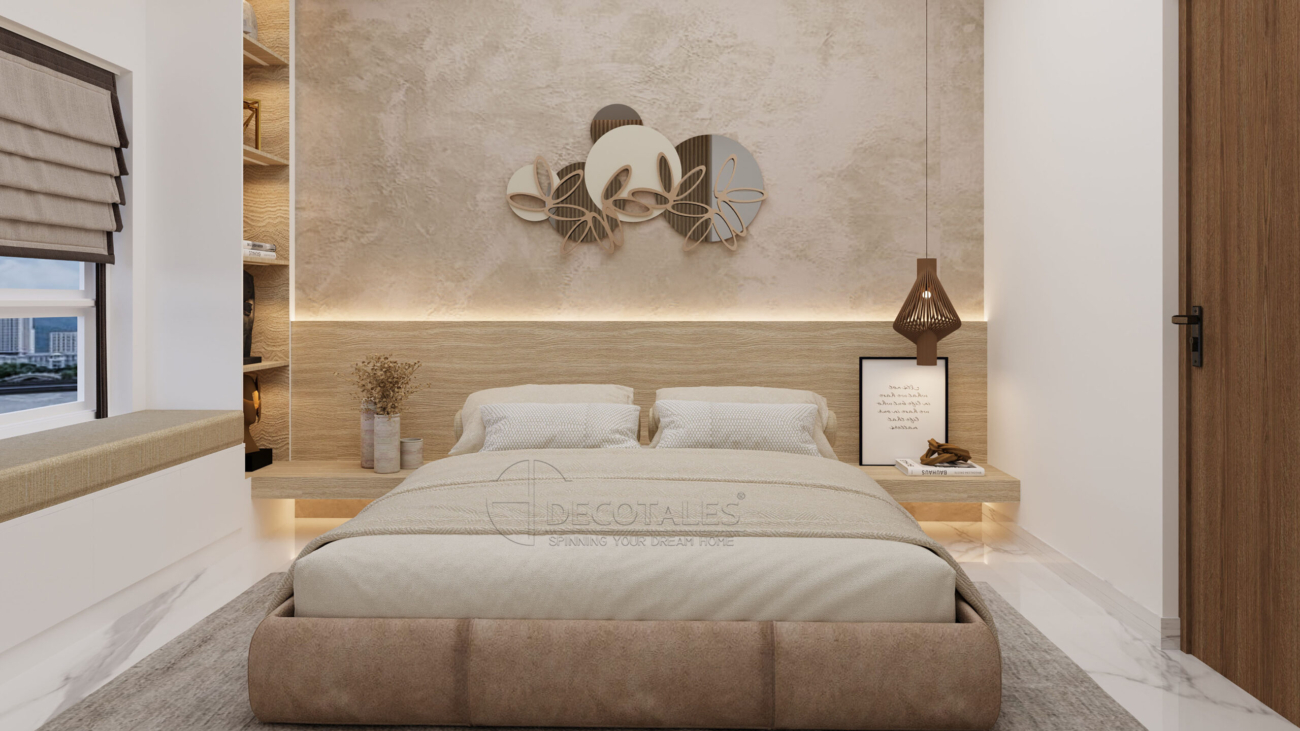
Navigating the world of home interior design can often lead to a major dilemma: should you opt for a carpentry finish done on-site, or is it better to go with a factory finish? This decision is crucial for many homeowners. Let’s delve into the advantages and disadvantages of both options to help you make an informed choice.
Carpentry Finish / Manual Work
Advantages:
- Control and Customization: Complete authority over material selection and quality.
- Design Freedom: The ability to realize customized designs with numerous options.
- Seamless Aesthetics: Manual work typically hides screws, offering a solid finish look.
Key Points:
- Dependence on Carpenter’s Skill: Your project’s success hinges on the carpenter’s expertise. Ensure that the carpenter, not an assistant, does the work.
- Design and Visualization Challenges: You’re responsible for translating your vision into reality, which can be daunting given the plethora of inspiring designs available.
- Critical Space Planning: Essential understanding of furniture placement, vastu compliance, and cabinet dimensions is key.
- Material Selection Nuances: Involves thoughtful choices regarding paneling, back panel, carcass, and shutter finishes, considering factors like durability and cost.
Considerations:
- Bill of Quantities (BOQ) Variability: Material requirements are at the discretion of your carpenter.
- Cost Implications: The potential for cost savings or overruns is high, based on your knowledge.
- Need for Constant Oversight: Be prepared for continuous monitoring and piecemeal procurement.
- Carpenter Selection Importance: Choosing a skilled carpenter with a proven track record is crucial.
- Material Warranty Limitations: Note that warranties typically cover materials only, not craftsmanship.
- Laminate Pasting Challenges: Hand pasting can result in bubbles due to insufficient pressure and varying climate conditions.
- Cutting Precision: Poor carpentry can lead to cross-cutting and finishing issues.
- Edge Banding Limitations: Manual edge banding might result in less durable and sharp-edged finishes, though skilled carpenters can achieve better results.
Factory Finish
Advantages:
- Comprehensive Warranty: Covers not just materials but also manufacturing defects.
- Superior Finish Quality: Factory finishes are characterized by soft, sharp edge-free surfaces, ensuring uniform quality irrespective of the installer.
Key Points:
- Simplified Process: Hiring a firm or interior designer lightens your workload.
- Trend Awareness and Material Quality: Professionals handle the selection of high-quality materials and stay abreast of current trends.
- Effective Space Planning and Visualization: 3D visualizations help in precise planning and prevent the need for rework.
- Use of Advanced Technology: High-capacity machines ensure quality finishes in laminate pasting and cutting.
Considerations:
- Edge Banding Quality: Industrial glues used in factory finishes ensure durable and smooth edges.
- Minifix vs. Screw Fittings: Factory finishes favor minifix for their dismantling ease and uniformity.
Conclusion:
Your choice between a carpentry finish and a factory finish should align with your design goals, budget, and involvement level. Carpentry allows for a personal touch and customization but requires more involvement and risk management. Factory finishes offer ease, consistency, and modern technology, making them ideal for those who prefer a hassle-free process with assured quality.
We suggest that semi-modular solutions might be the best option for those seeking specific themes or intricate designs like carving work, wall molds, and curved furniture. This approach allows for a blend of manual craftsmanship and the flawless finish of modular furniture.



